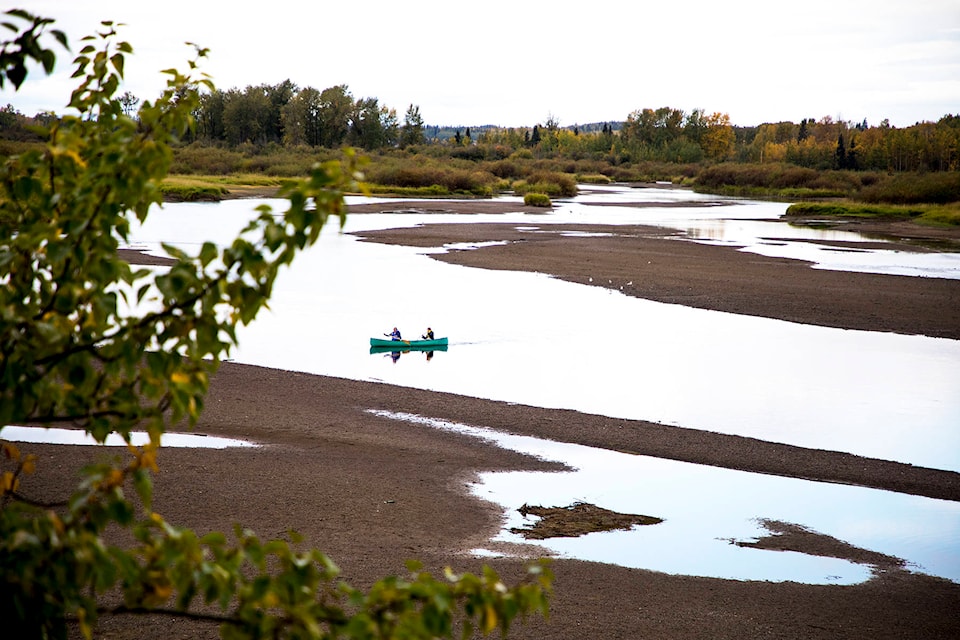Sai’kuz First Nation and Stellat’en First Nation are preparing to begin a 200-day trial against Rio Tinto Alcan Inc. set for next week over the diversion of water out of the Nechako River.
“This case is about the devastating impacts of the construction and operation of the Kenney Dam on the Nechako River, it’s fisheries and Saik’uz and Stellat’en’s constitutionally protected Aboriginal rights,” said Saik’uz Chief Priscilla Mueller, in a news release on Wednesday, Oct. 16.
“We are going to court to protect the Nechako River and the sturgeon and salmon that are suffering because of Alcan’s diversion,” Mueller said.
The ongoing legal battle against the company was first launched in 2011.
During the trial, both Saik’uz and Stellat’en will lead expert evidence about how Alcan’s Diversion has caused or is contributing to population declines and that environmental flows are needed to restore proper ecological functioning of the Nechako River.
The Nations are seeking a court order requiring that harm to the Nechako River and its fisheries and their rights cease, read the release. In January, a B.C. Supreme Court judge granted the First Nations permission to seek declatory relief if they win the court case.
The trail begins on Oct. 21 and Mueller said she is hopeful that the court will help restore the Nechako River and its fisheries for the benefit of future generations.
Kenney Dam diverts water out of the Nechako River to generate power for the company’s aluminium smelter in Kitimat and to sell to BC Hydro. The company diverts approximately 70 percent of the water that would normally flow into the Nechako resulting in enormous downstream impacts, as stated in the media release.
“The river is no longer acting like a river,” explains Mueller.
Additionally the First Nations are saying that the water that passes down the river enters the Nechako River 9 kilometres downstream of the Kenney Dam, after it is released through the Skins Lake Spillway located approximately 80 kilometres to the west of the dam site.
“The little water released into the Nechako fails to meet the basic environmental flow needs and does not mimic the natural flow patterns of the river,” read the release.
As per the Committee on the Status of Endangered Wildlife in Canada’s fall report from last year, they recommended that the populations of Chinook and sockeye salmon that rely on the Nechako River and are impacted by the Kenney Dam, be listed on the Species at Risk Act.
The public proceedings will primarily occur in the BC Supreme Court in Vancouver and a portion of the hearing from Nov. 18 to 22 will held in Prince George to allow Saik’uz members to attend the trial and speak as witnesses.
Rio Tinto responded in a statement Oct. 17, saying they prefer to work in partnership with First Nations groups to build relationships that are mutually beneficial.
The statement further stated that they have sought to find ways to resolve the issue without proceeding to court hearings.
“Rio Tinto has always, and will continue to operate, with all of the required permits and approvals under applicable laws, including a 1987 tripartite agreement with the Canada and British Columbia governments that ensures protective flows for fish. Rio Tinto cannot comment further on this case while it is before the courts.”
Aman Parhar
Editor, Vanderhoof Omineca Express
aman.parhar@ominecaexpress.com
Like us on Facebook and follow us on Twitter
